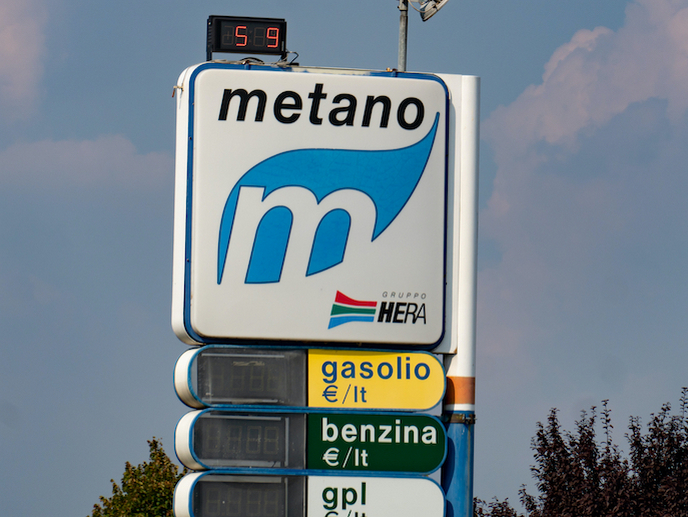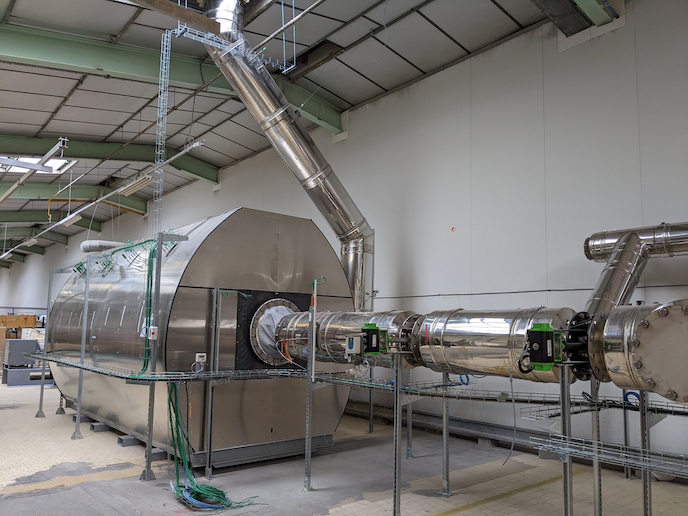Using renewable biogas to produce green hydrogen
Made from the universe’s most abundant element, hydrogen energy is cleaner and more efficient than traditional, fossil fuel-based power sources. As a result, it can lead to significant reductions in greenhouse gas emissions. “Producing hydrogen from low-carbon sources has the potential to be a game changer in terms of decarbonising the energy system in a sustainable way,” says Debora Fino, a researcher at the Polytechnic University of Turin. “The challenge, however, is converting hydrogen to energy in an efficient, sustainable and cost-effective way.” Addressing this challenge is the EU-funded BIOROBURplus project. Building on the success of the BIOROBUR project, BIOROBURplus set out to demonstrate the potential and sustainable utilisation of biogas as renewable fuel for the decentralised production of green hydrogen, also known as biohydrogen.
Decentralised hydrogen production
During the project, researchers developed a direct biogas oxidative steam reformer, a process that uses steam to convert biogas into hydrogen. Biogas essentially consists of methane and carbon dioxide produced from, for example, agricultural, municipal and food waste. As such, it is classified as a renewable source of energy. “The BIOROBURplus project took this one step further, delivering an advanced direct biogas fuel processor for robust and cost-effective decentralised hydrogen production,” explains Fino, the project’s coordinator. According to Fino, the BIOROBURplus system is the first demonstration plant capable of efficiently mass-producing green hydrogen at an affordable price. “This is a complete pre-commercial fuel processor. It creates green hydrogen to make methanol, it’s capable of producing ammonia, and even steel – all using renewable hydrogen as opposed to steam-reforming fossil fuels,” she adds. Fino says the plant has produced hydrogen using landfill gas, anaerobic digestion of organic wastes, and anaerobic digestion of wastewater treatment sludges.
Stop wasting time
The BIOROBURplus project demonstrated that an effective method for stimulating market demand for green hydrogen already exists. “If we really want to see the hydrogen economy take off, biogas must be supported as a sustainable and renewable resource,” remarks Fino. “For this, we need regulatory support, including subsidies that are on par with those given to support, for example, the water electrolysis market.” Fino goes on to argue that beyond being a renewable source of energy, biogas also has the benefit of supporting farming waste and organic waste recycling. Furthermore, unlike electrolysers and batteries, biogas does not experience a decrease in performance when reused or recycled. “Converting biogas to hydrogen is the most realistic route towards developing a sustainable hydrogen economy,” concludes Fino. “Biogas can already deliver cheap and green hydrogen today, so it makes no sense to waste time waiting for electrolysis to become more cost-effective.”
Keywords
BIOROBURplus, renewable energy, biogas, hydrogen, green hydrogen, hydrogen energy, hydrogen economy, greenhouse gas emissions, carbon, biohydrogen







